Feature
-
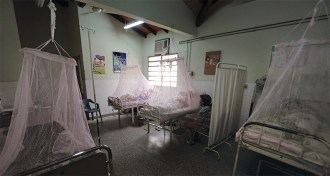 Life
LifeVaccines may offer defense against dengue, Zika and chikungunya
Mosquitoes carry several harmful viruses—dengue, Zika, chikungunya. Vaccines may be the best means of defense.
By Laura Beil -
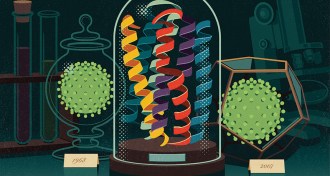 Life
LifeScientists dig up proteins from the past
To learn how today’s proteins evolved, scientists are reconstructing ancient molecules.
-
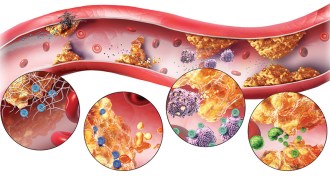 Tech
TechNanoparticles beat back atherosclerosis
Nanoparticles that find and destroy waxy plaques in blood vessels could be the next big treatment for heart disease.
-
 Animals
AnimalsSome animals ‘see’ the world through oddball eyes
Purple urchins, aka crawling eyeballs, are just one of several bizarre visual systems broadening scientists’ view of what makes an eye.
By Susan Milius -
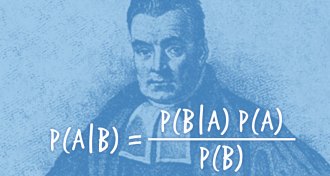 Neuroscience
NeuroscienceBayesian reasoning implicated in some mental disorders
An 18th century math theory may offer new ways to understand schizophrenia, autism, anxiety and depression.
-
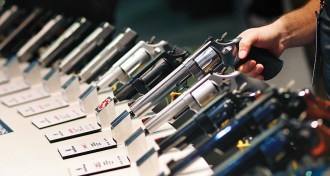 Science & Society
Science & SocietyGun research faces roadblocks and a dearth of data
Gun violence research is stifled by funding shortfalls and limitations on data access.
By Meghan Rosen -
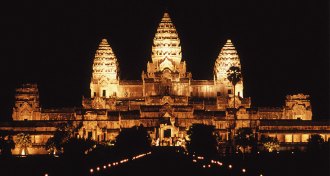 Archaeology
ArchaeologyLasers unveil secrets and mysteries of Angkor Wat
The world’s largest temple, Cambodia’s Angkor Wat, was revealed by laser and radar studies to be part of a sprawling medieval metropolis.
By Bruce Bower -
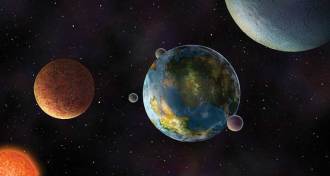 Planetary Science
Planetary ScienceHow alien can a planet be and still support life?
Geoscientists imagine the unearthly mechanisms that could keep alien planets habitable.
-
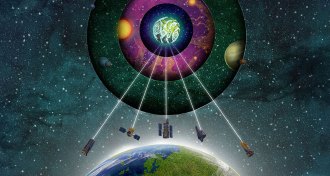 Astronomy
AstronomyNew telescopes will search for signs of life on distant planets
Researchers are coming up with creative ways to pick up biosignatures in far-away planetary atmospheres.
-
 Space
SpaceWill we know extraterrestrial life when we see it?
Desert varnish and certain minerals hint that life — here and elsewhere — may defy current criteria.
-
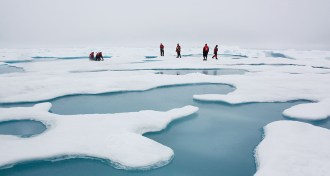 Climate
ClimateChanging climate: 10 years after ‘An Inconvenient Truth’
In the 10 years since "An Inconvenient Truth," climate researchers have made progress in predicting how rising temperatures will affect sea level, weather patterns and polar ice.
-
 Health & Medicine
Health & MedicineGum disease opens up the body to a host of infections
Researchers are getting to the root of gum disease's implications for other diseases.
By Laura Beil